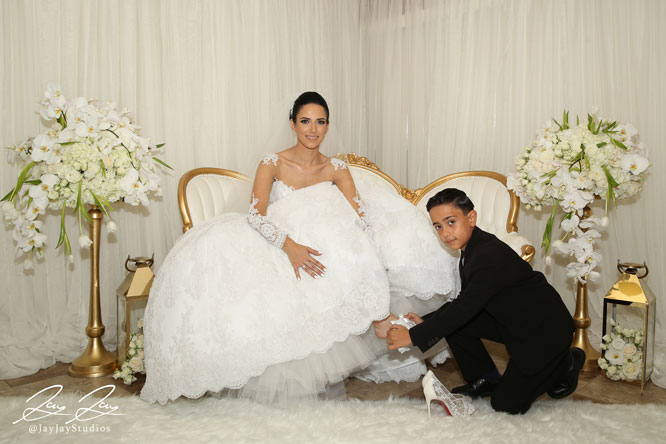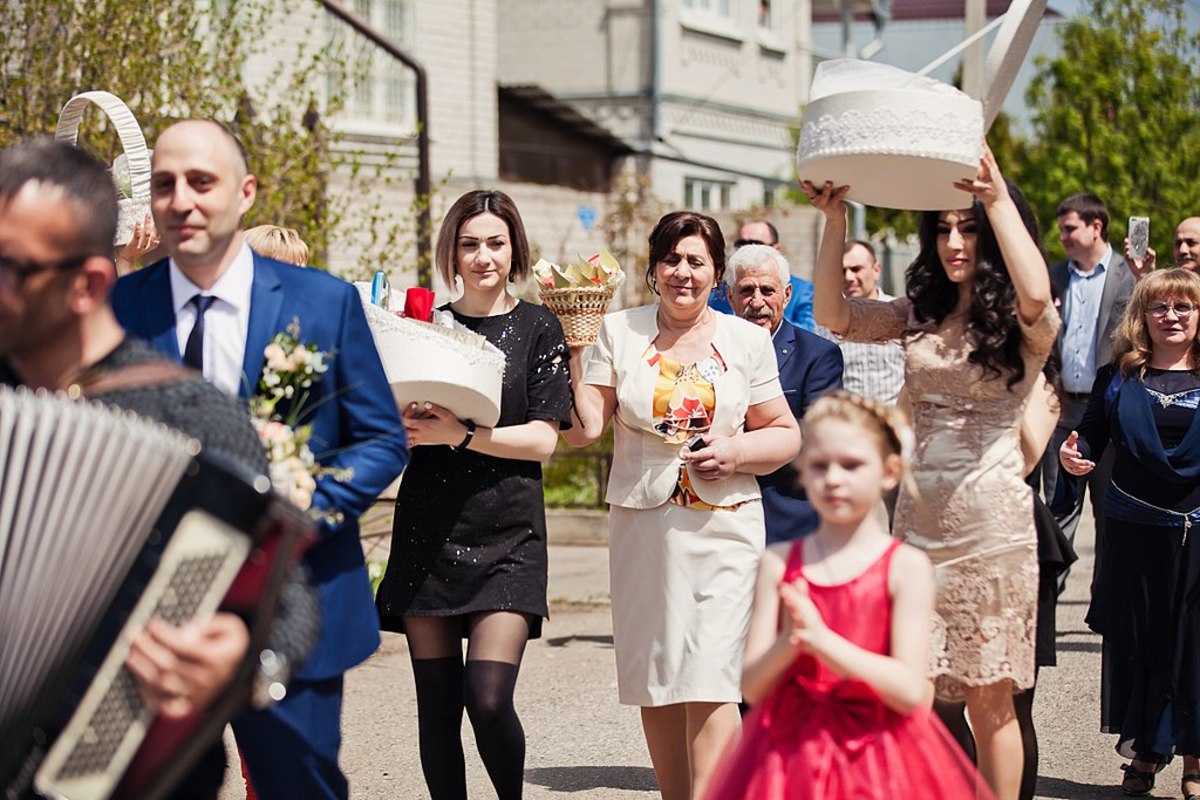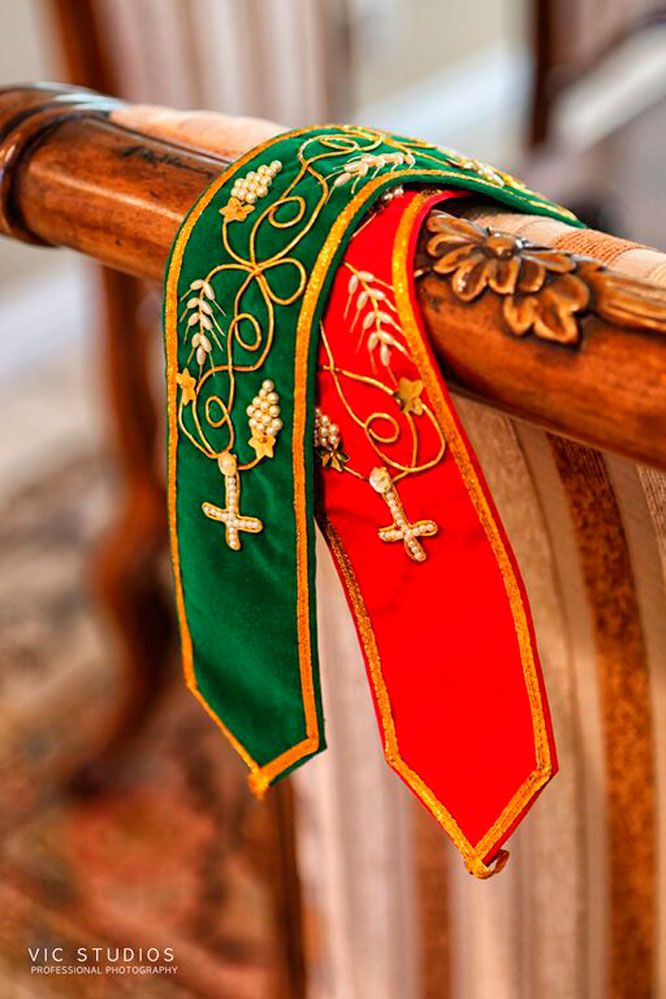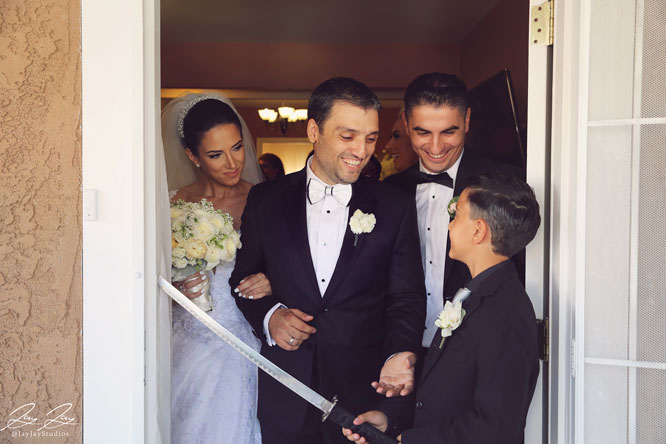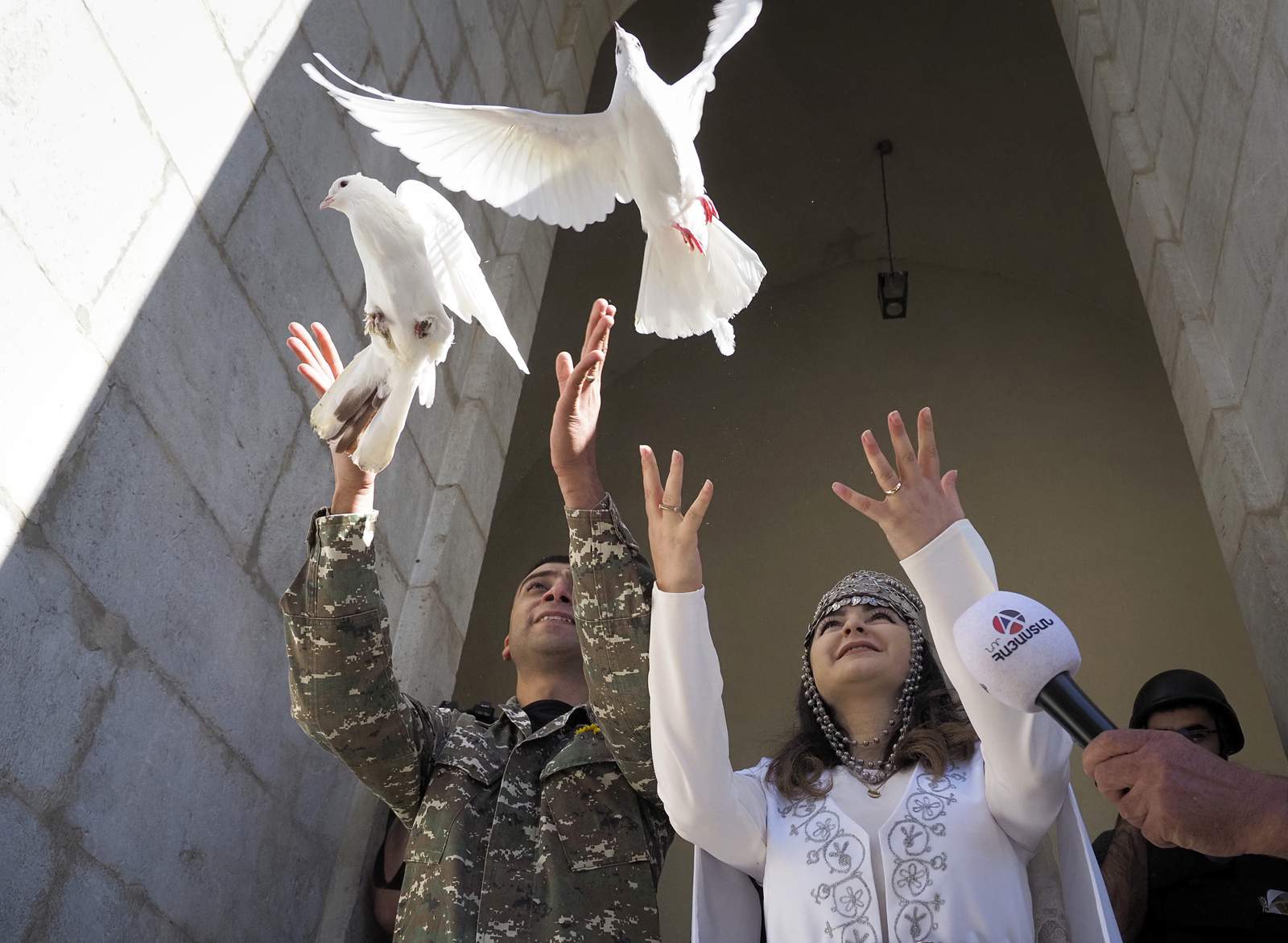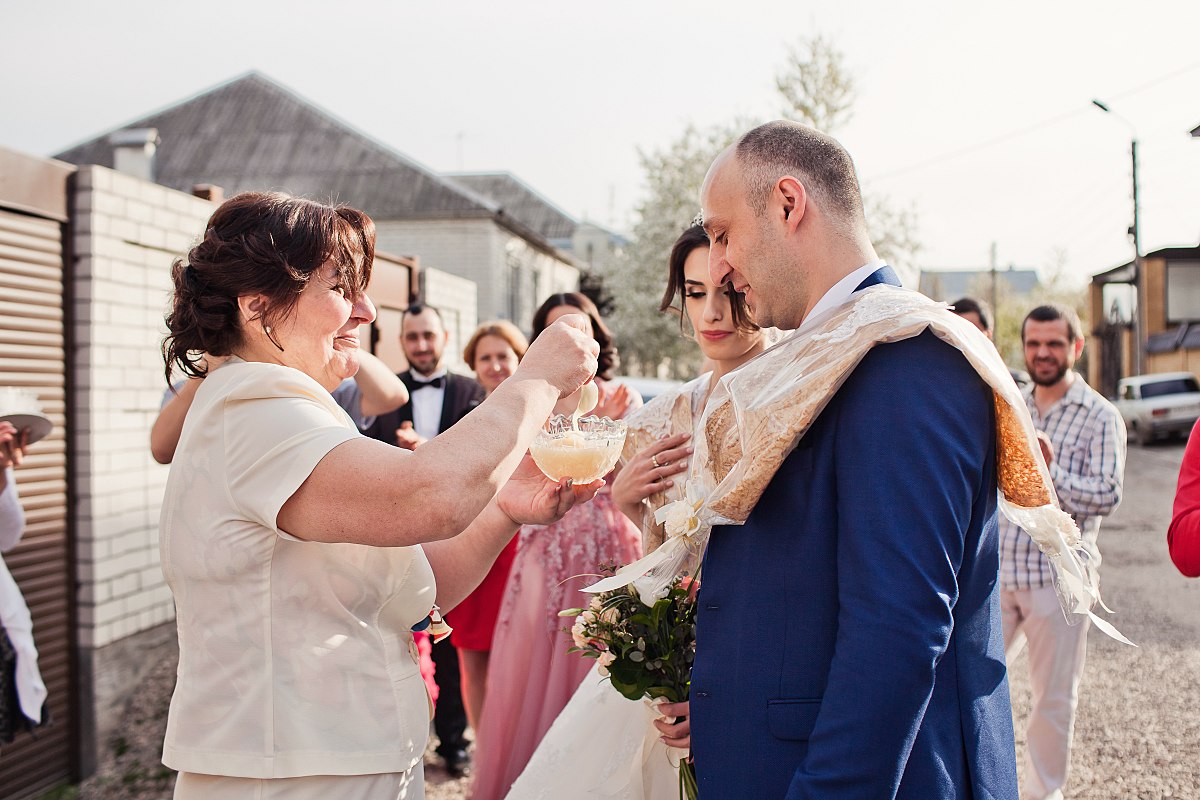Wedding traditions all over the world vary from culture to culture. The Armenian people are known for their commitment to keeping their culture alive. This is no different when it comes to wedding traditions and customs. From the proposal to the reception, there are still long held traditions we can find within Armenian wedding culture today.
The Proposal
Although the proposal has become more like tradition in Western countries, there are some who still follow the historic practice of Khosk-Arnel. This tradition consists of the groom asking the bride’s family for her hand in marriage. Typically, the groom and his immediate family are invited to the home of the bride’s family for tea or dinner. The family arrives with gifts of flowers, chocolates and Armenian cognac. The families enjoy a nice social gathering where they can get acquainted and be formally introduced. Tradition holds that the eldest member of the groom’s family then asks for the bride’s hand in marriage. Once accepted, the families celebrate over cognac and chocolates.
Wedding Day Traditions
The day of the wedding it is customary that the groom hosts the friends and family members of his wedding party at his home and the bride does the same for hers. While at the groom’s house a Sazandar (traditional Armenian band) performs and everyone enjoys some refreshments and dancing.
Meanwhile, the bride’s family home is decorated with wedding adornments and plenty of food and dessert is served. As a symbol of good luck and fortune, the bride’s brother or close cousin will place money in each of her shoes and help her place them on her feet. There is also a tradition where the bride may write the names of her single female friends on the soles of the shoes and cross them off as they become married.
To join the two wedding parties before the ceremony, the groom’s side makes their way to the bride’s home. They bring a basket or trays filled with gifts, such as perfume, shoes, makeup, a veil, and anything else the bride may need for the big day.

Before the bride wears her veil, a member from the bride’s party circle’s it around her head for good luck. Most often today, it is the maid of honor who upholds this tradition, however it is also common for a woman who has been happily married for many years to perform the ceremony.
For the groom, a red and green ribbon ceremony is held. This symbolic tradition dates far back into the culture and is still only practiced in certain regions. However, as the tradition holds, one green and one red sash are pinned crossing one another onto the groom’s shirt. This is most often done by the groom’s mother. The colors of green and red signify life and sacrifice.
Once the parties join, more fun is had before heading off to the ceremony. However, before the bride and groom may even leave the home, a “bouncer” from the bride’s party stands in the way. Typically this is the bride’s younger brother, nephew, or another young close cousin. The groom offers money to the bouncer in return for their departure. However, the amount needed to pass is up to the bouncer. Typically the first offer is refused and the groom presents more money until the bouncer is satisfied and the happy couple continues on to the ceremony.
The Wedding Ceremony
In our last blog on Armenian headdress we highlighted one of the most important wedding ceremony traditions, the crowning of the bride and groom. Rather than saying “I do” the bride and groom are anointed as king and queen of their households.
Once the wedding ceremony has commenced, the couple releases a pair of doves just outside the church to symbolize love and happiness. Oftentimes while this is done, the wedding guests toss coins at the newlyweds and wish them good fortune before they head off to the reception.
After the Ceremony
Once the wedding ceremony has commenced, guests traditionally gather at the groom’s home to celebrate. Before entering the home, the bride and groom each break a plate to cast off evil. According to tradition, the first to break their plate assumes leadership in the household. Then, the groom’s mother greets the couple and offers them Lavash, an Armenian bread.
The mother of the groom places lavash over the shoulder of the bride and groom for prosperity and abundance. She then feeds a spoonful of honey with walnuts to both the bride and groom to symbolize happiness. During this tradition, wedding guests shower the couple with sweets, nuts and coins.
The remainder of the celebration continues into the night in true Armenian fashion with plenty of traditional Armenian music and dancing. But of course the celebration wouldn’t be complete without the proper meal. The Armenian classic traditional food, Khorovats is served as the main dish. This traditional Armenian meat kabob even enters the ceremony with it’s own song, “Khorovats is the best dish” (“Khorovatse shat lav ban e’’).
Still today we see many of these sentimental wedding customs and traditions have been passed down from generation to generation. It’s so heartwarming and beautiful for us to see the culture of our ancestors still alive and well today through our practices. We wish this same sentimental happiness and joy upon each and every one of our client’s special wedding days and all those to come for future generations.


